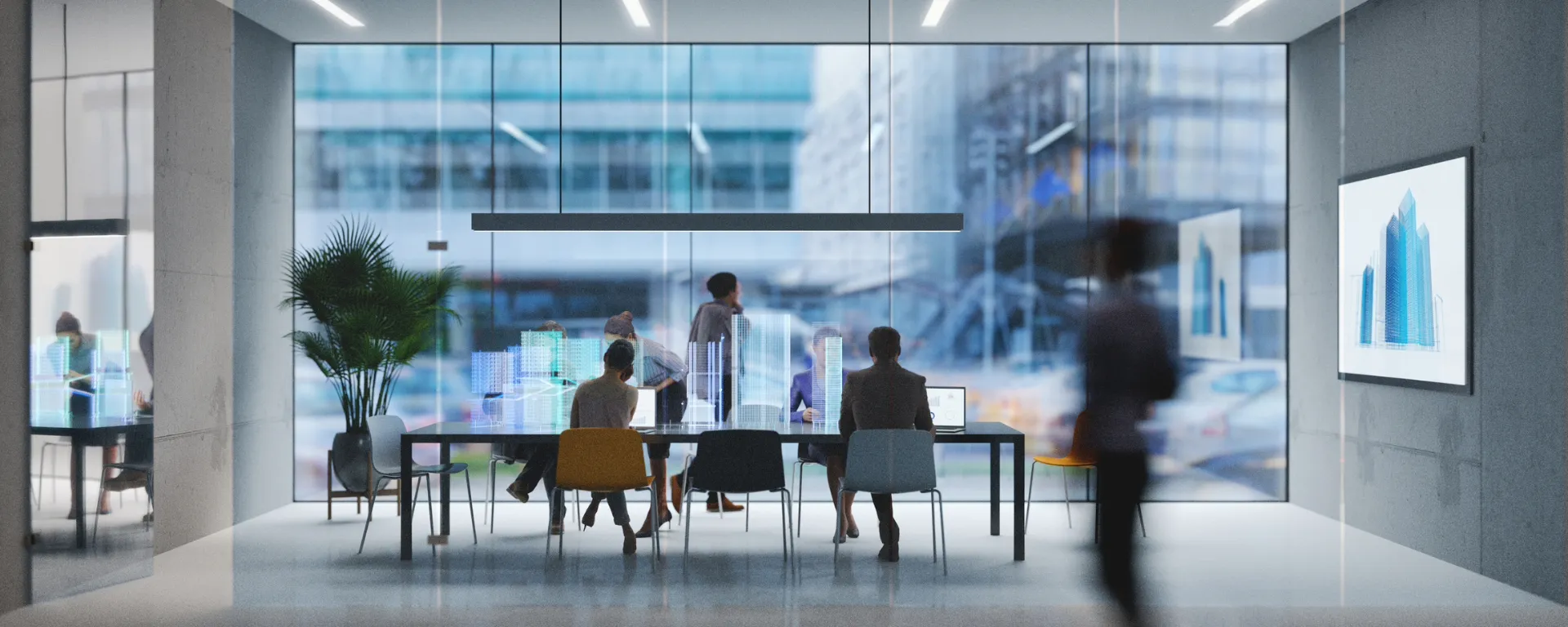Insights & News page
From insight to implementation
This is your hub for fresh insights, impactful case studies, and the latest news shaping our work across industries. Discover how we’re turning bold thinking into real-world solutions, and stay informed on the trends, innovations, and stories driving transformation.
-

-
 Insights
InsightsCX trends for 2026
In 2026, CX in the UK, Ireland, and Europe blends AI, personalisation, and trust, balancing automation with human empathy and meeting sector-specific needs.
Read more -
 News
NewsCapita selected by Kent County Council to deliver enhanced contact centre services
Capita has been awarded a 4 year contract by Kent County Council (KCC) to provide contact centre services supporting 1.6 million residents.
Read more -

-

-

-

-

-

-

-






